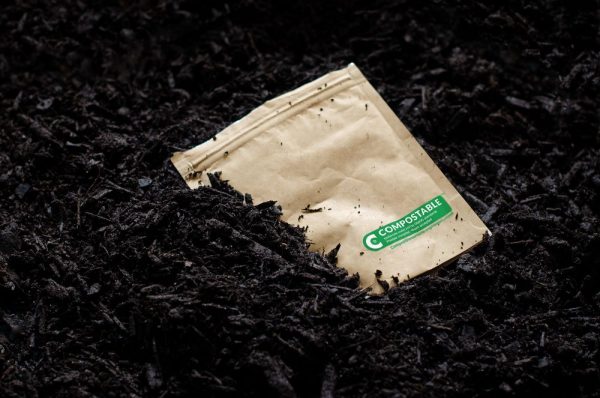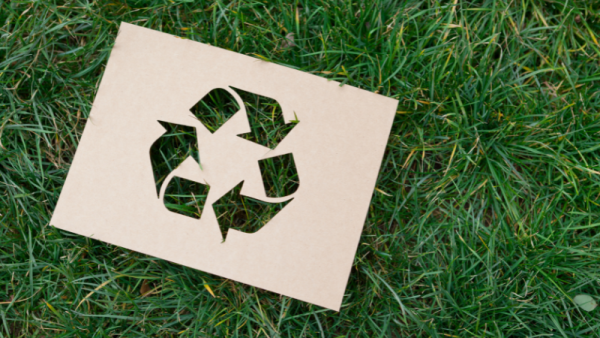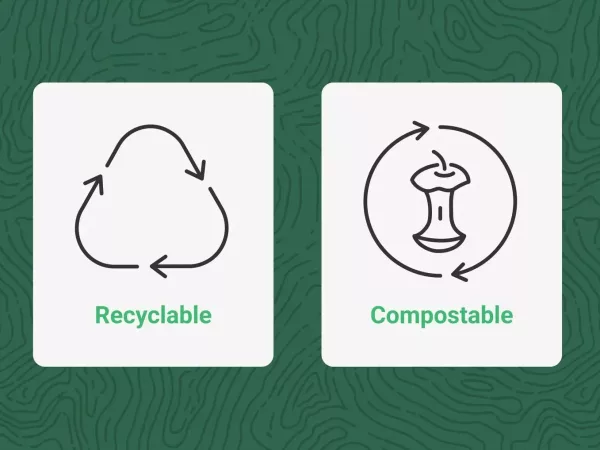As sustainability becomes a central focus for both consumers and businesses, understanding the nuances of eco-friendly packaging options is more important than ever. Two of the most popular sustainable packaging solutions are compostable and recyclable packaging. While both offer significant environmental benefits, they are fundamentally different in how they function, break down, and impact the planet. In this detailed guide, I’ll explore these two options to help you make an informed decision for your packaging needs.
1. What is Compostable Packaging?
Compostable packaging refers to materials that can naturally break down into organic matter, leaving no harmful residue behind. Typically made from plant-based materials like corn starch, sugarcane, or bamboo, compostable packaging is designed to decompose in a composting environment, where it transforms into nutrient-rich soil.
To qualify as compostable, packaging must meet specific criteria:
- Breakdown Time: The material must decompose within a set period, usually a few months to a year, depending on whether it’s processed in a home composting bin or an industrial facility.
- Non-Toxic Residue: After decomposition, the packaging should leave behind only water, carbon dioxide, and organic matter, without producing any harmful chemicals.
- Controlled Environment: Most compostable packaging requires specific conditions—heat, moisture, and microorganisms—to break down fully, particularly in industrial composting facilities.
This type of packaging is ideal for products that may come into contact with food waste or organic material, as it can be composted alongside food scraps.

2. What is Recyclable Packaging?
Recyclable packaging consists of materials that can be collected, processed, and reused to create new products or packaging. Common recyclable materials include paper, glass, metal, and certain types of plastic. Instead of decomposing like compostable packaging, recyclable materials are reprocessed in a recycling facility and re-enter the production cycle.
Recycling has long been viewed as a key strategy for reducing waste, as it minimizes the need for virgin materials and reduces the energy required to produce new products. However, not all materials are equally recyclable. For example:
- Paper and Cardboard: Easily recyclable and widely accepted in curbside recycling programs.
- Plastics: Some plastics are recyclable, but others—like certain single-use plastics—are not.
- Glass and Metal: Highly recyclable materials that can be endlessly repurposed without losing quality.
Recycling is a great option for products that maintain a high-quality material after use, making them suitable for reuse.

3. Key Differences Between Compostable and Recyclable Packaging
Though both compostable and recyclable packaging are sustainable, they differ in a number of critical ways:
- Decomposition vs. Reprocessing: Compostable packaging is designed to break down into organic matter, which benefits the soil. In contrast, recyclable packaging is collected and reprocessed into new materials, preventing waste from entering landfills but not breaking down naturally.
- Material Source: Compostable packaging is usually made from renewable resources, like plants, whereas recyclable materials often include petroleum-based plastics, metals, or glass.
- Environmental Conditions: Compostable packaging requires the right environmental conditions—such as heat, moisture, and microorganisms—to break down effectively. Recyclable packaging relies on a robust infrastructure for collection, sorting, and reprocessing.
- End Product: Compostable packaging becomes soil, enriching the environment, while recyclable packaging re-enters the production stream as new items.
Understanding these differences helps in determining which option aligns better with your sustainability goals.

4. The Environmental Impact of Compostable Packaging
The environmental benefits of compostable packaging are significant:
- Reduction of Plastic Pollution: Since compostable packaging breaks down into natural components, it avoids the long-term environmental impact of traditional plastics, which can take hundreds of years to decompose.
- Reduction in Landfill Waste: Compostable packaging can reduce the amount of waste that ends up in landfills, particularly when consumers have access to composting facilities.
- Carbon Footprint: Many compostable materials are made from renewable resources, meaning they have a lower carbon footprint compared to fossil-fuel-based plastics.
However, compostable packaging isn’t perfect. It often requires industrial composting facilities to break down fully, and these are not always accessible to all consumers. Additionally, if compostable packaging ends up in a landfill instead of a composting facility, it may not decompose as intended.
5. The Environmental Impact of Recyclable Packaging
Recyclable packaging plays a critical role in reducing waste and conserving resources:
- Material Reuse: Recycling helps extend the lifecycle of materials, reducing the need to harvest or extract new raw materials.
- Energy Savings: The process of recycling materials like metal, glass, and paper uses less energy than producing new materials from scratch.
- Reduced Landfill Impact: By diverting waste from landfills, recyclable packaging helps reduce the burden on these rapidly filling sites.
However, the effectiveness of recycling depends heavily on consumer behavior and local recycling infrastructure. Improper sorting or contamination of recyclable materials can lead to large amounts of waste being sent to landfills instead of being recycled. Moreover, some materials, like plastic, can only be recycled a limited number of times before losing quality.

6. Which Packaging Option is Right for Your Business?
The decision between compostable and recyclable packaging depends on several factors, including your product type, consumer base, and long-term sustainability goals.
- Compostable Packaging: Best for products that are likely to be disposed of with organic waste, such as food packaging. It’s ideal for businesses aiming to reduce their overall environmental footprint and appeal to eco-conscious consumers.
- Recyclable Packaging: A great choice for products that are used repeatedly or maintain their material integrity after use. It suits businesses that are committed to a circular economy, where materials are continuously repurposed.
Both options can boost your brand’s sustainability credentials, but it’s crucial to educate your customers on proper disposal methods to maximize the environmental benefits of either packaging solution.
Conclusion
In the battle of compostable vs recyclable packaging, there is no one-size-fits-all answer. Both have their own unique environmental benefits and challenges. Compostable packaging offers the advantage of returning to the earth naturally, while recyclable packaging helps keep materials in circulation, reducing the need for new raw resources. Your choice should be based on your product’s requirements, the disposal infrastructure available to your customers, and your company’s sustainability goals.
At Colorful Packaging, we offer both compostable and recyclable packaging solutions tailored to meet your brand’s sustainability needs. Contact us to explore our wide range of eco-friendly packaging options and let’s move towards a greener future together.
